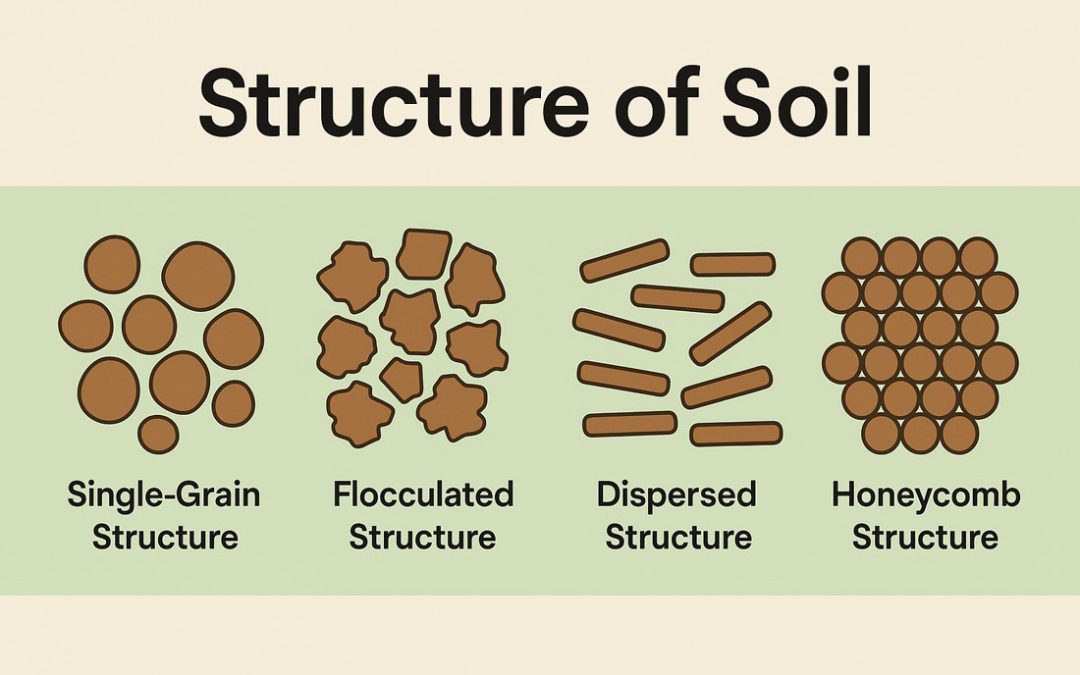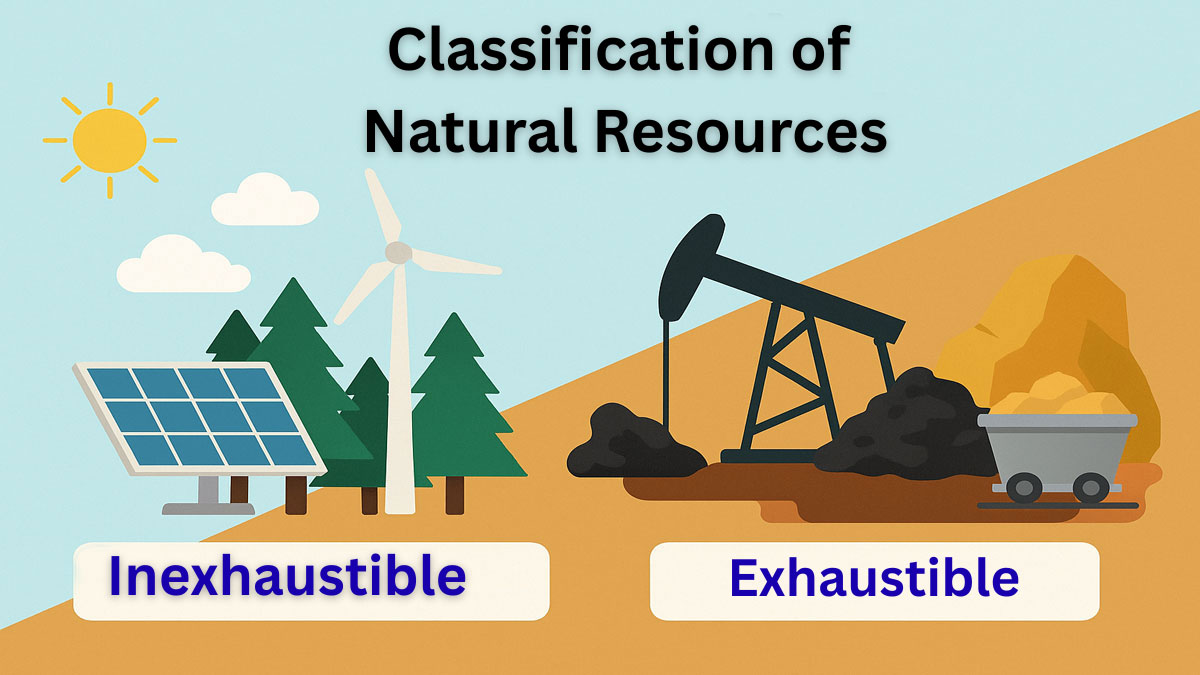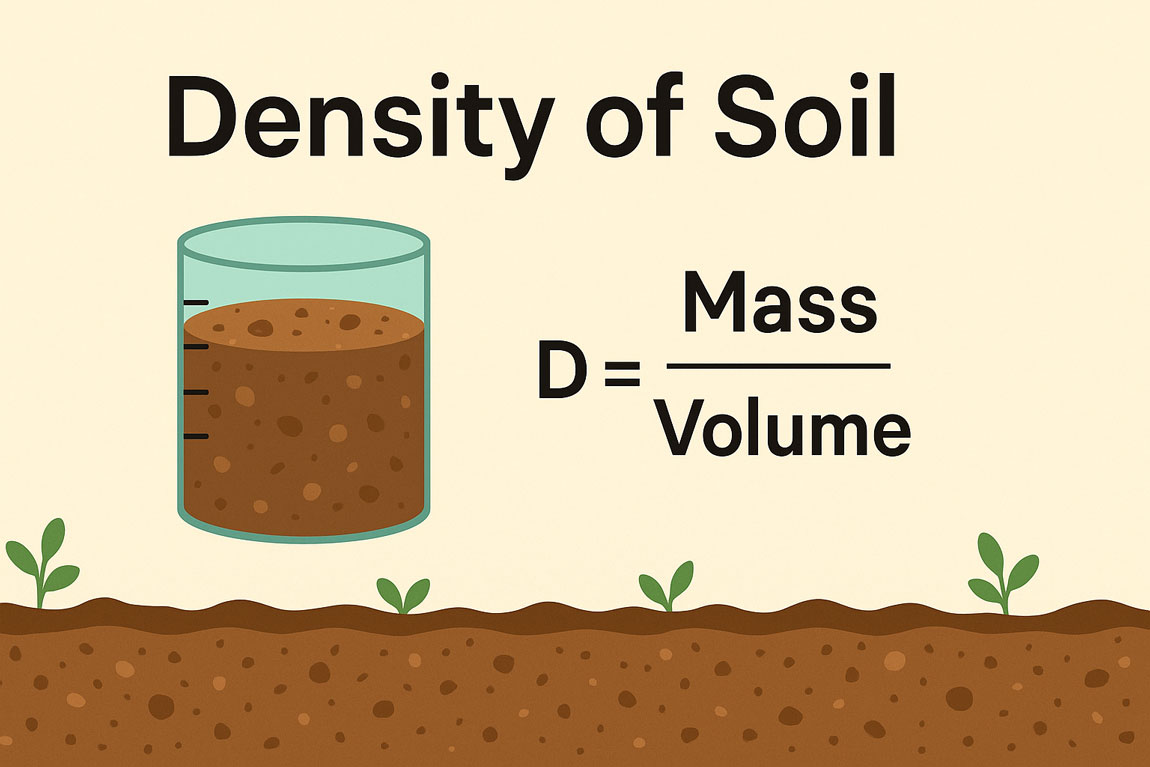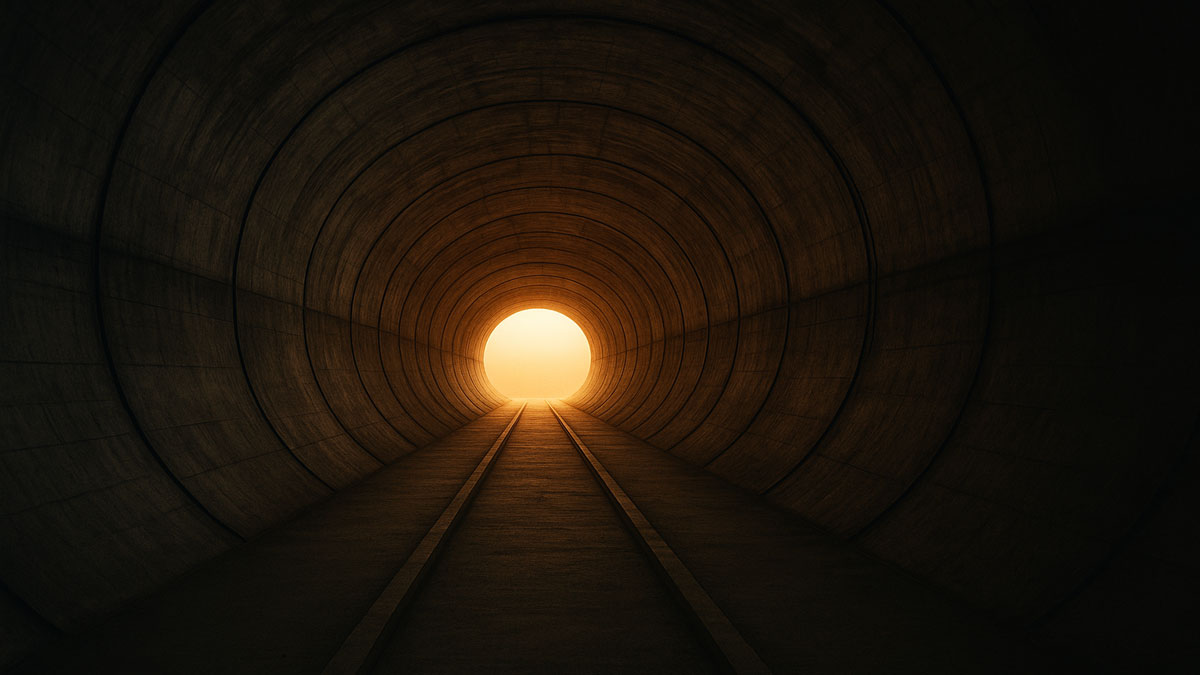Soil structure refers to how soil particles arrange themselves within the matrix, which includes voids, fissures, and cracks. Several factors influence soil structure, such as the shape and size of particles, mineral composition, grain orientation, interactions between soil water and ions, and the forces acting among particles.
Formation of Soil Structure:
Coarse-grained particles, when clean and dry, lack plasticity and cohesion, so soils with these particles generally fail to form stable structures. However, in moist sands, capillary water rings develop contact pressure that can bond particles together, forming stable structures. When the grains dry out, the structure collapses.
Gravity and surface forces drive the development of soil structure through their interaction with particles. Gravitational force plays a role primarily in coarse-grained soils, while surface forces dominate in soils with smaller particles. These attractive forces electrostatic in nature are commonly known as van der Waals forces. Repulsive forces also act between particles, promoting layered structures.
Types of Soil Structure:
Different soil structures (Fig. 1) form due to depositional characteristics and interparticle forces. The following are the major types:
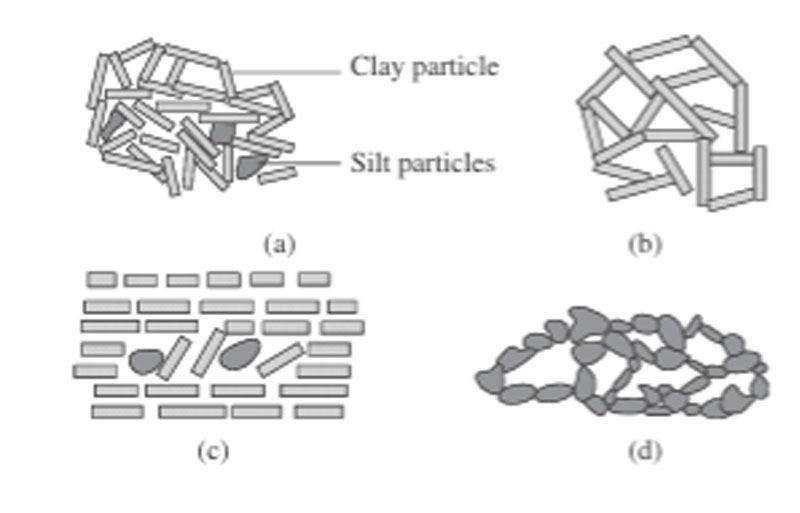
Fig. 1: Structure of soils: (a) single-grain structure; (b) flocculent structure; (c) dispersed structure; and (d) honeycomb structure
Single-Grain Structure:
Deposition of coarse particles (>20 microns) in streams or lakes allows grains to settle individually under gravity, resulting in a single-grain structure. During this process, particle-to-particle contact occurs without surface forces contributing to attraction. Depending on how densely the grains pack, the resulting void ratio can be either high or low.
Flocculated and Dispersed Structures:
These structures typically appear in clays containing colloids. In flocculated structures, flaky inorganic colloid particles cluster together, forming a loose network instead of remaining as isolated soil particles. Fine soil particles deposited in water attract one another when electrical forces between colloidal particles are strong enough leading to flocculation.
This tendency increases in water with high dissolved salt content, such as marine environments. According to Lambe (1953), edge-to-edge contacts between colloidal platelets promote flocculation. Conversely, when the platelets align face-to-face, they form a more oriented or dispersed structure.
Honeycomb Structure:
In this structure, mineral grains bond together through contact forces. When silt and clay particles (ranging from 0.2 to 20 microns) settle in water, surface forces at contact points can counteract gravity. This delay in settling allows particles to align and support each other, eventually forming miniature arches over voids creating a honeycomb pattern. Soils with this structure often exhibit high load-bearing capacity.

